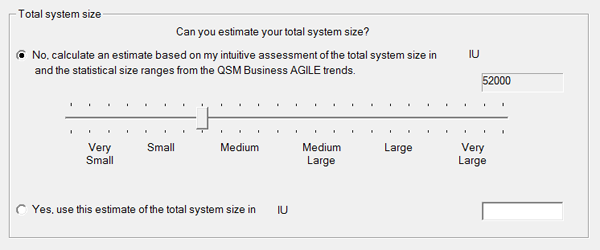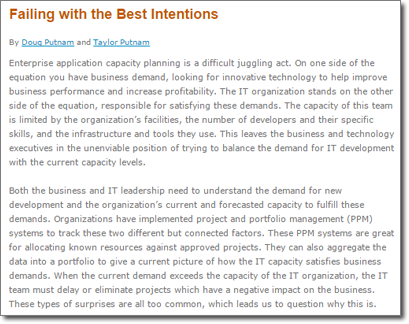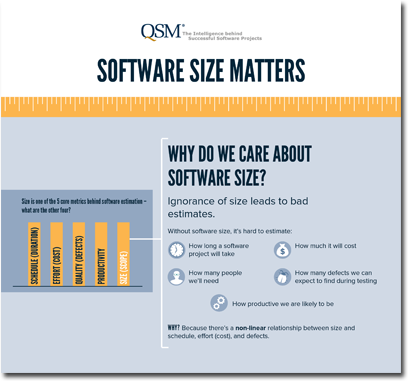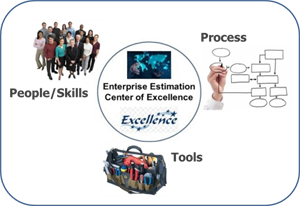PDU-Approved Webinar - Agile Estimation: Beyond the Myths, Part 2
When it comes to agile, there are common myths and misconceptions about project estimation and tracking. In Part 2 of this PDU-approved two-part webinar series (which can be viewed independently or together), presented on May 28 at 1:00 PM EDT by QSM's Andy Berner offers corrections to these, such as:
- Why velocity is not a good predictor of release duration
- Why burndown charts will not be close to straight lines
- Why change and churn are not the same thing
- Why looking at just the values of metrics alone is not enough
While some longstanding principles about software estimation still apply, agile methods require some significant changes to how we estimate. This webinar shows you how to leverage the SLIM estimation and tracking tools to properly interpret metrics collected by agile teams and ensure that agile projects meet their goals. Andy Berner demonstrates how SLIM fits with the principles of agile development, and discusses milestones, productivity, project control, data collection, and look with an eye towards further research.

 Too many projects are late, over-budget, under-delivered, or a combination. The problems continue despite widespread awareness and improvements in project management knowledge, tools, and process maturity.
Too many projects are late, over-budget, under-delivered, or a combination. The problems continue despite widespread awareness and improvements in project management knowledge, tools, and process maturity. 


 People – Finding people with the right characteristics and developing their skills;
People – Finding people with the right characteristics and developing their skills; There is an old adage that if your only tool is a hammer, everything looks like a nail. We use the lessons learned and experience we have gained to address current issues. But if the problem (or software project) we face today is fundamentally different from those we’ve dealt with previously, past experience isn’t the proper framework. In effect, we will be using a hammer when a saw or a chisel might be the tools we need.
There is an old adage that if your only tool is a hammer, everything looks like a nail. We use the lessons learned and experience we have gained to address current issues. But if the problem (or software project) we face today is fundamentally different from those we’ve dealt with previously, past experience isn’t the proper framework. In effect, we will be using a hammer when a saw or a chisel might be the tools we need.